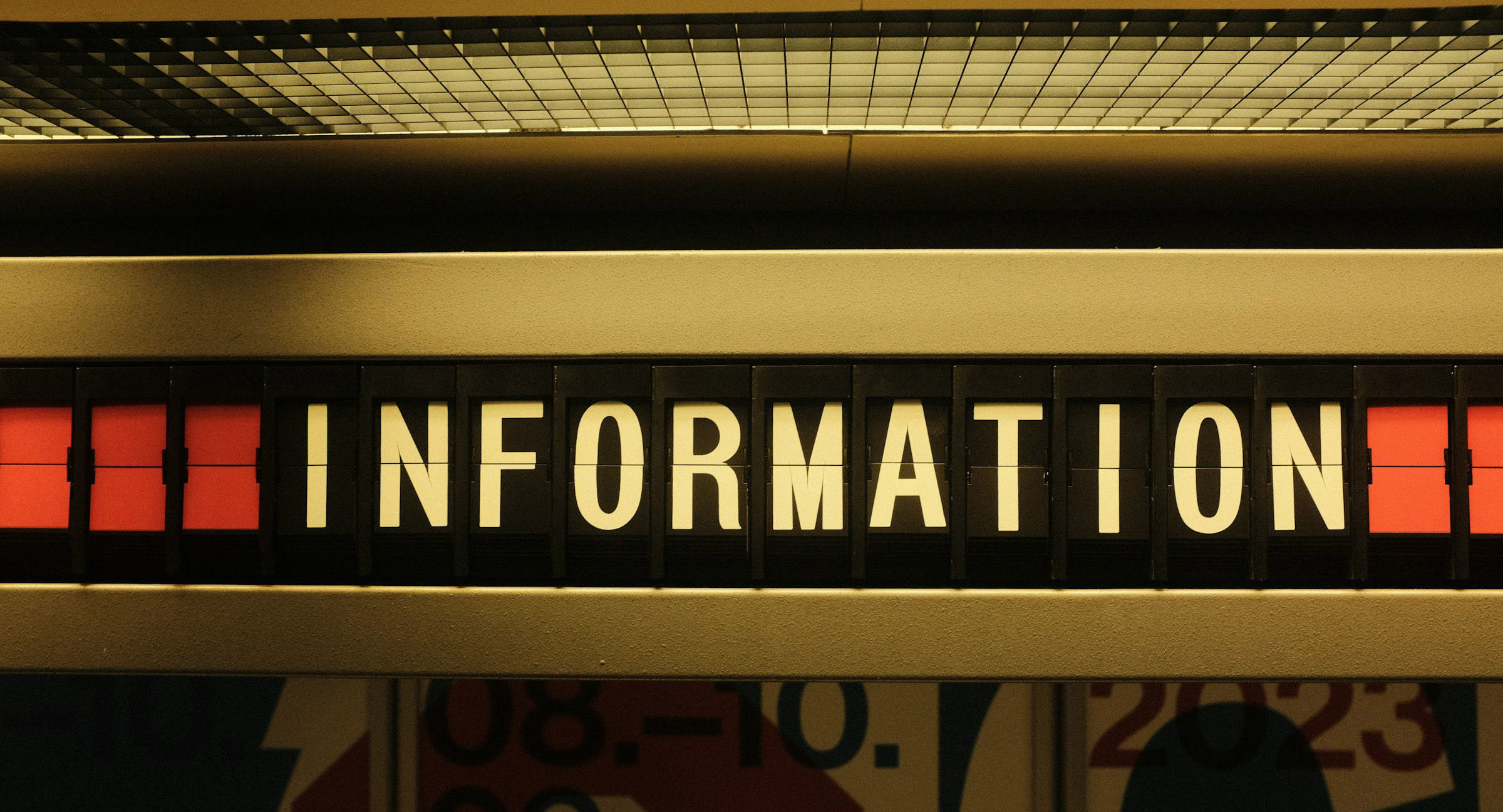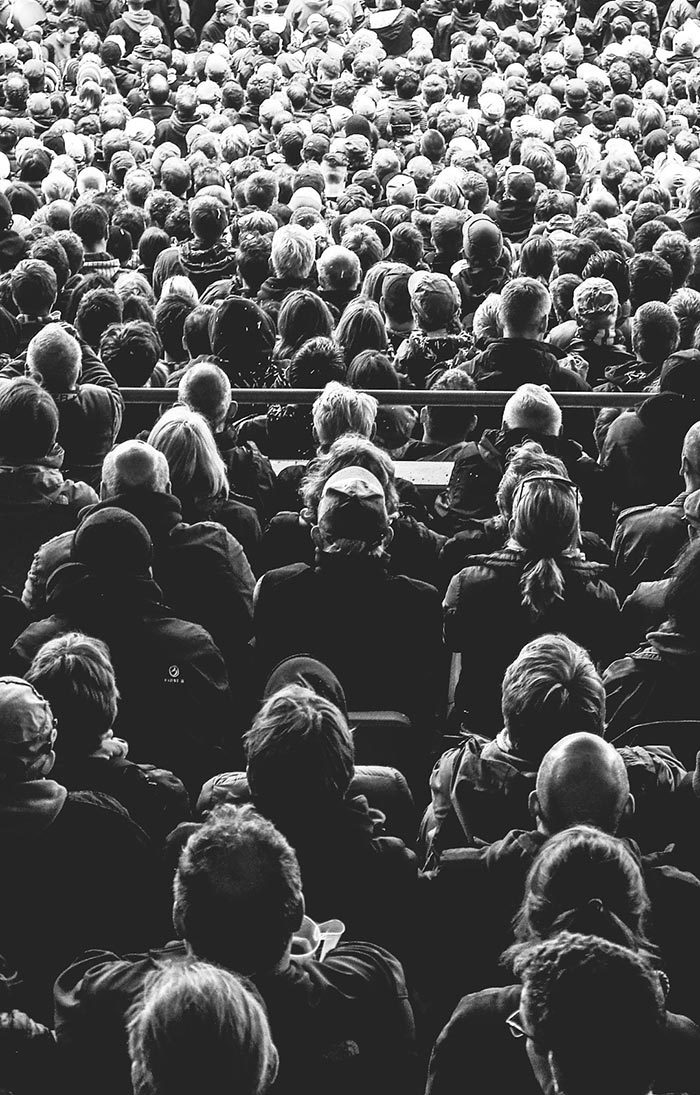This is for information only - if you have specific concerns, please consult a legal professional.

While there's no single law mandating photo releases in all circumstances, having them provides important legal protection by clearly documenting permissions and rights granted. Each situation is unique, and what's appropriate will depend on the specific circumstances, intended use, and location.
Legal framework
Photos and their usage in the UK are governed by multiple laws including:
- UK GDPR and Data Protection Act 2018 (personal data protection)
- Copyright, Designs and Patents Act 1988
- Privacy law
- Contract law
Editorial vs Commercial Use
Photos taken in public places for genuine editorial/journalistic purposes (like news reporting) generally don't require releases.
For commercial use, releases are recommended. Commercial use includes:
- Business websites and social media
- Any form of advertising (whether paid or unpaid)
- Marketing materials
- Any imagery promoting a product, service, commercial location or organisation
People in Photos
Under UK data protection law, a recognisable image of a person is considered personal data.
For commercial use, consider obtaining a release if someone is identifiable, even if their face isn't clearly visible.
Consider whether the person could reasonably recognise themselves.
For under 18s, you must obtain consent from a parent or legal guardian.
For large crowd scenes where individuals are not the focus and are incidental to the image, releases may not be needed, but this depends on the specific context and use. Take legal advice if you’re unsure.

Consideration (Payment/Value in exchange for a release)
Under English contract law, releases should include ‘consideration’ (value given in exchange for the release) for it to be legally binding.
Consideration may not be needed if the release is executed ‘as a deed’. However, the execution requirements for deeds are onerous and may not be practical in the context of a shoot.
Consideration can be:
- A monetary payment (even a nominal amount such as £1).
- Digital or printed copies of the photos.
- Professional experience of taking part in the shoot (for aspiring models/actors).
- Portfolio usage rights.
- Other agreed value.
Location/ building releases
Location/ building releases are usually recommended when:
- A building is prominently featured in an image and clearly identifiable
- The property is on private land
- You're photographing distinctive interior features
Listed buildings, properties in conservation areas, and certain landmark buildings may have additional photography restrictions.
Some apparently public spaces (like shopping centres, train stations) are private property with their own photography restrictions.
Artwork
Artwork in photos may be protected by copyright, and may need a release when featured in your commercial images.
Artwork can include:
- Paintings, sculptures, or installations
- Street art/murals
- Public art
- Tattoos
- Any copyrighted artistic work
You may need both:
- Permission from the copyright holder (usually the artist).
- A property release from the owner of the physical object/building.
Additional Legal Considerations
Trademarks or logos appearing in images may need separate permissions from the trademark holder.
Venues and events often have their own photography policies that must be followed.
While animals don't have legal rights requiring releases, a property release from the owner is advisable if an animal is a key subject.
Different rules may apply for photos taken at ticketed events or on private property.
The above is for information only. Please speak to a legal consultant for appropriate advice.